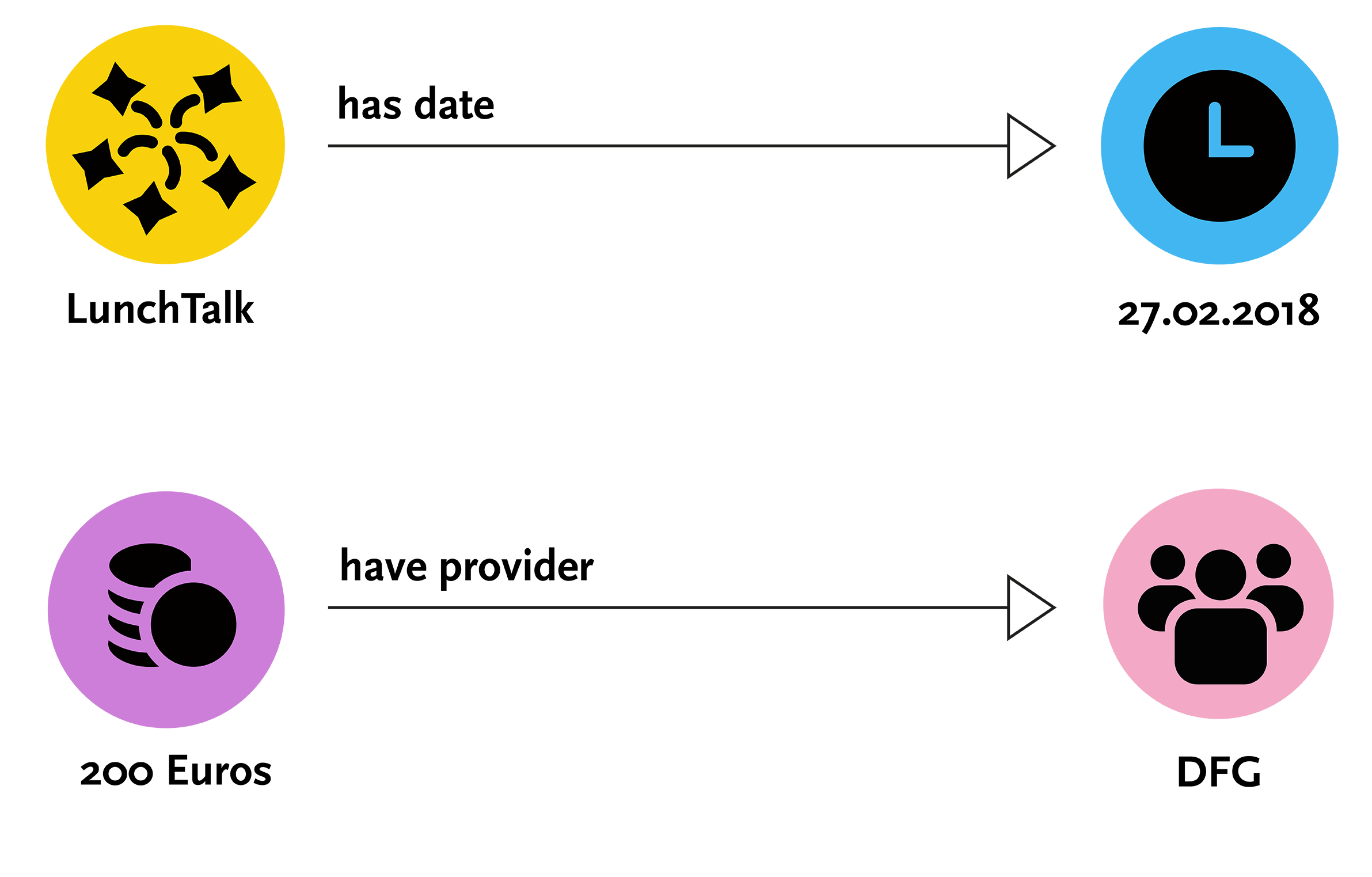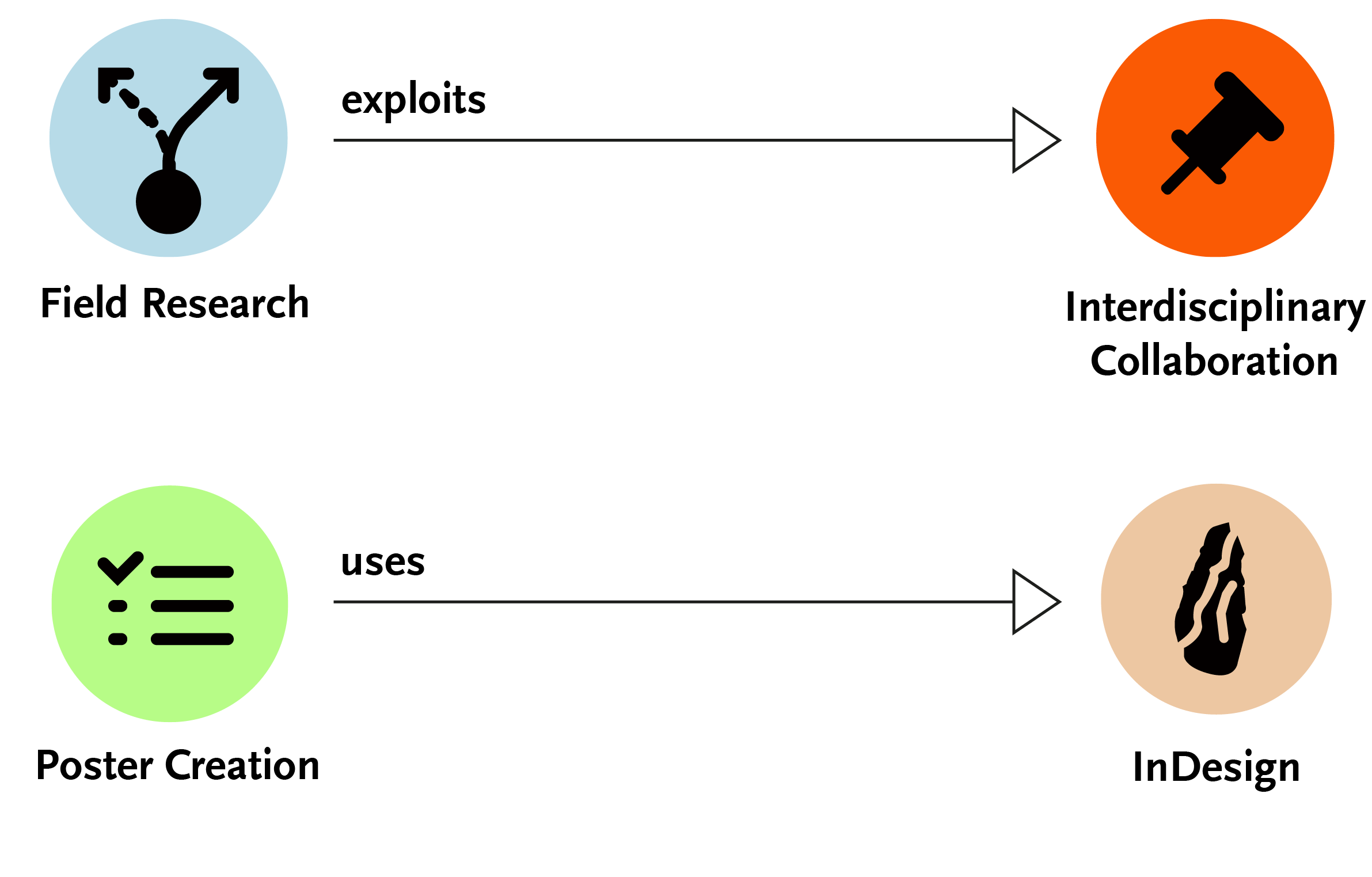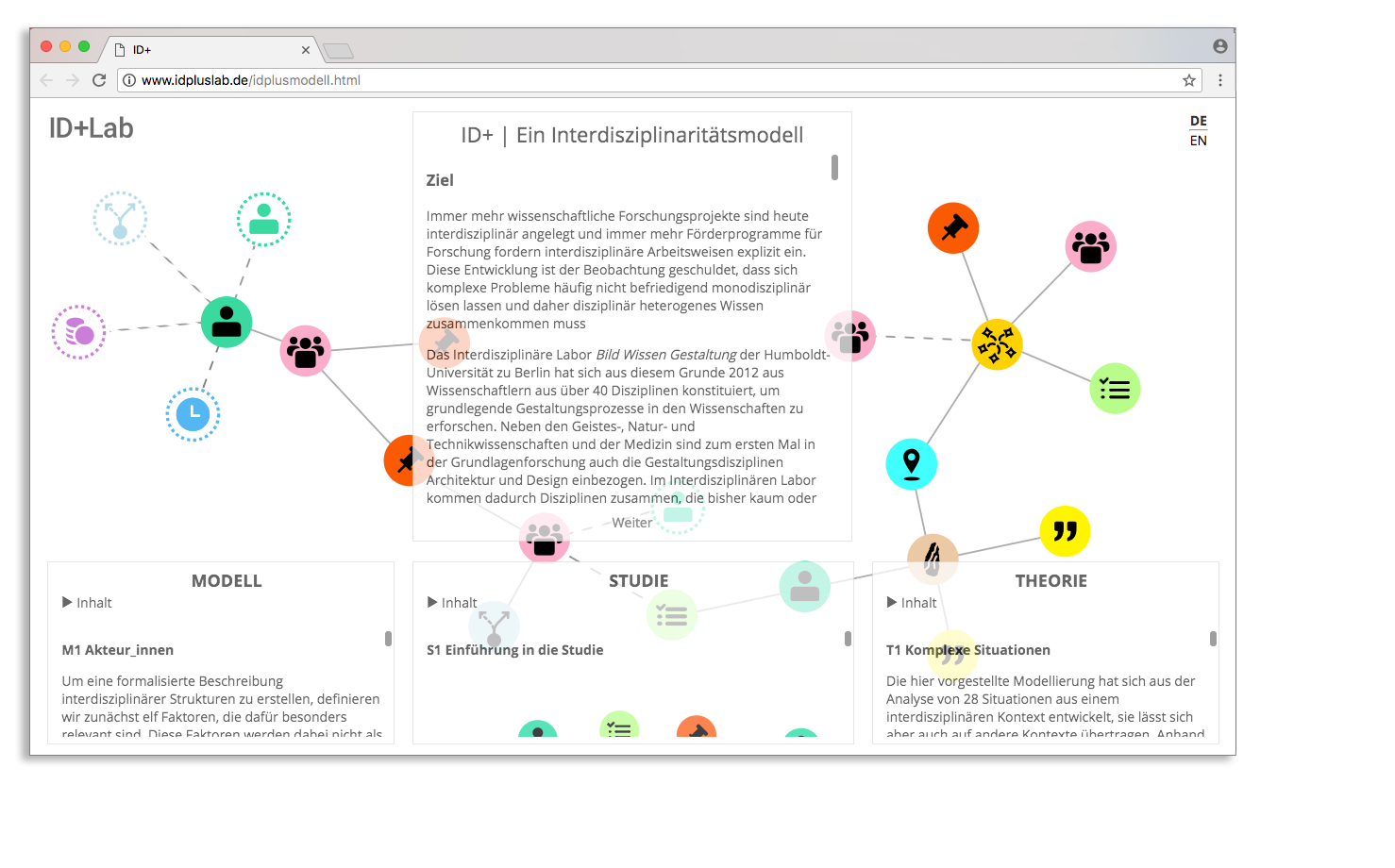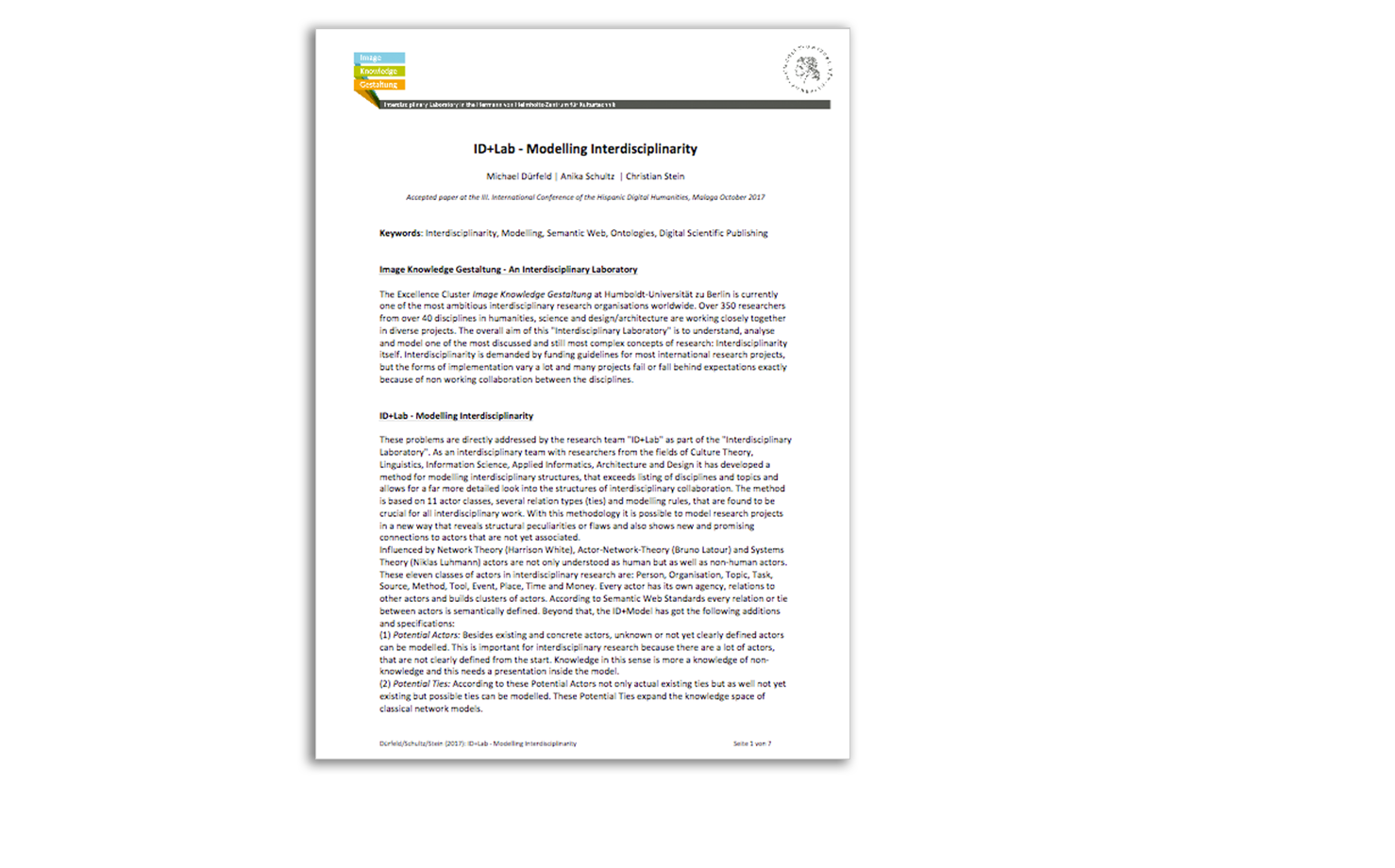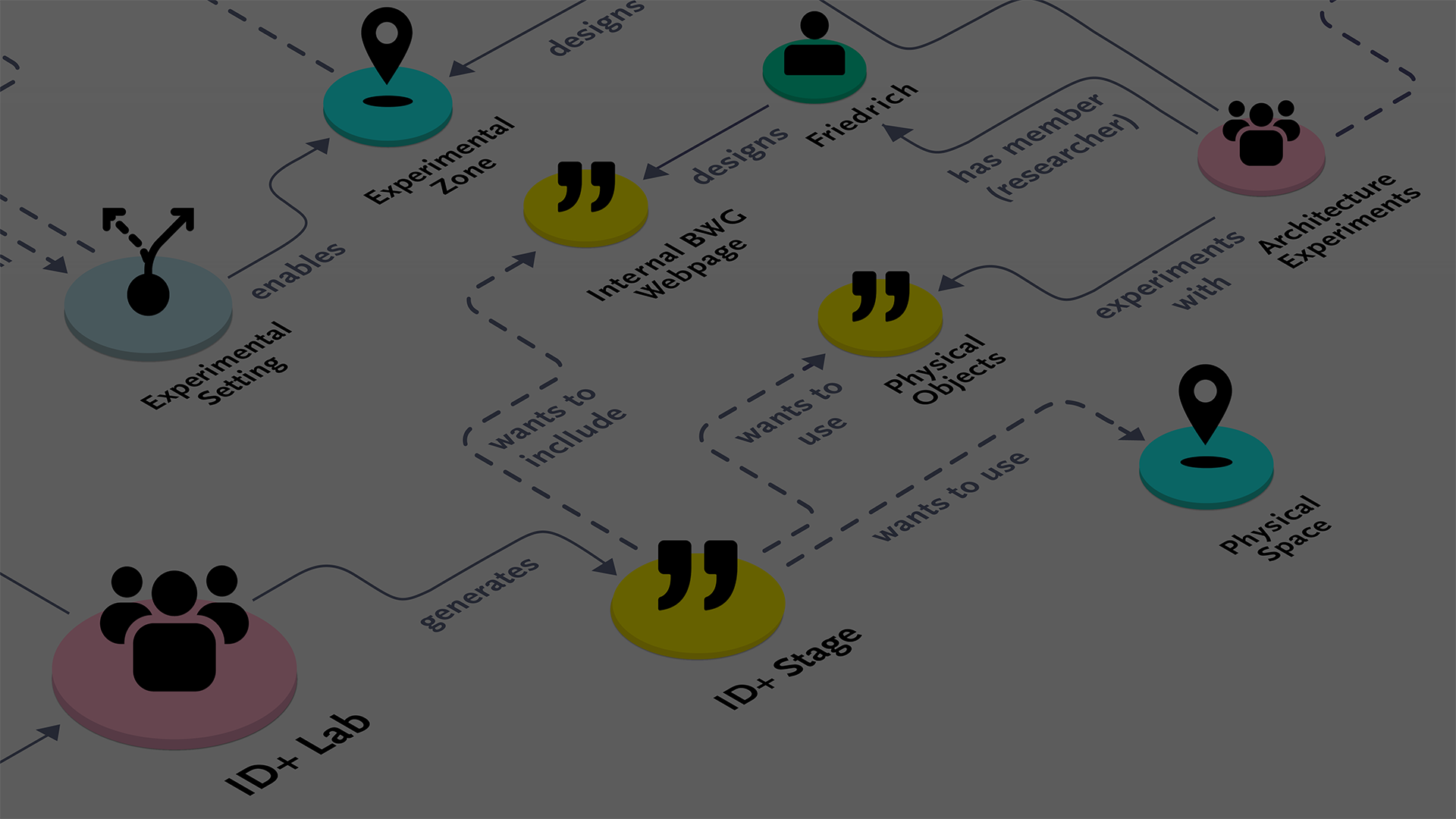
ID+Lab
Analyzing, Modelling and
Designing Interdisciplinarity
Interdisciplinary collaboration is the key to solving complex tasks. At the same time, the communication and cooperation of actors within such a collaboration are themselves characterized by multifaceted, dynamic processes that are not always easy to review.
The ID+Lab explores the structures of interdisciplinary cooperation in order to better understand, visualize and test them. The ID+Model developed for this purpose enables an altogether new and detailed view of these structures. By applying this model to a collaborative situation, the modelers are able to identify structural specificities and deficits while also exploiting and increasing any potential, based on an analysis of the actors and their relationships to each other. The ID+Model thus enables a new way of designing interdisciplinary projects.
ID+Model
The ID+Model allows complex collaborations to be analyzed, modelled and designed as a network of actors and ties.
//// Basic element
ID+Actors
The basic elements are eleven ID+Actors that have proven to be essential in interdisciplinary collaborations. ID+Actors within the context of the ID+Model are understood as both human and non-human actors: people, organizations, events, tasks, methods, tools, topics, sources, places, times and monies. In addition to the existing specific actors – the actual actors – unknown actors or actors that have not yet been clearly defined – the potential actors – can be modelled. Each individual actor has its own agency, builds relationships with other actors, and breaks them up. Within the situational context, this gives rise to so-called actor clusters.
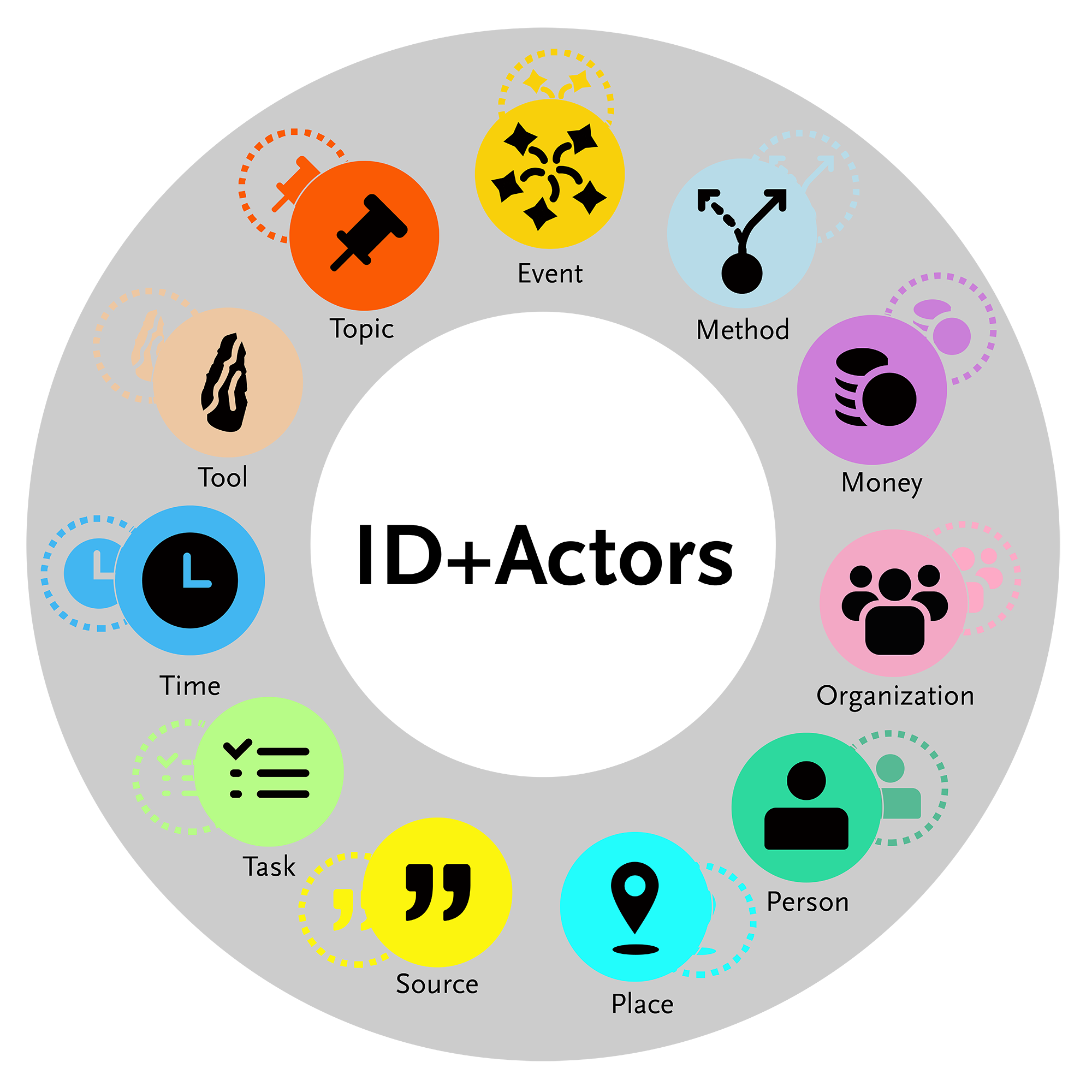
//// Network
ID+Ties
The ID+Actors form a network through semantically defined ID+Ties with varying state, value and intensity. In terms of state, we differentiate between the currently existing ties – the actual ties – and not yet existing but possible ties – the potential ties. The potential ties allow requests, possibilities and alternatives to be included in the modelling. Ties can express a positive or negative relationship. A positive value indicates that the tie between the actors is conducive to the specific situation; a negative value indicates that it is a hindrance. Finally, connections vary in intensity. The intensity of an ID+Tie can take into account the following factors: time spent, interest and expertise.
//// Data basis
ID+Ontology
ID+Actors and ID+Ties allow complex interdisciplinary research contexts to be uniformly and comparatively modelled and analyzed. The ID+Model was transferred to a graph-data model – ID+Ontology – so that the models created in this way could be read by machine, visualized and processed. The modelling is formally defined as in the Web Ontology Language (OWL), which enables use by other Semantic Web applications and makes research data available for the Semantic Web and the Linked Open Data Cloud.
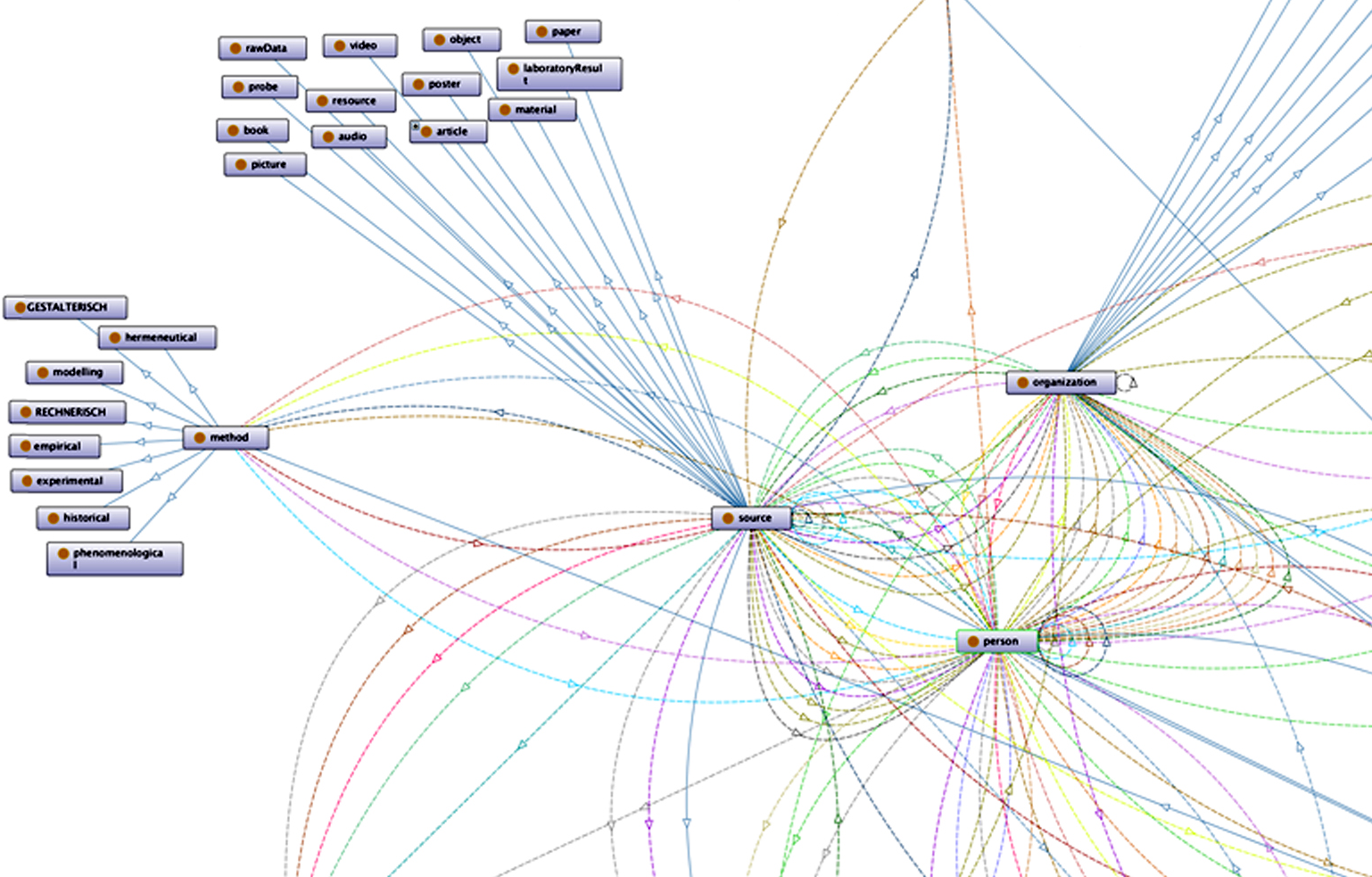
Learn more about ID+Model
Detailed information about the concept and the theoretical modelling bases, a study, and theoretical considerations on the ID+Model are provided on a dedicated website. The topics are placed in three juxtaposing columns and cross-referenced. Model, study and theory are presented to the reader as such in their specific, non-hierarchical relationship to one another other.
Areas of Application
Project Management
The ID+Model and its visualization of interdisciplinary collaborations enables measures to correct and optimize factors relevant to a project. Furthermore, possible connections to other projects become visible or may be established. This makes the method a valuable tool for determining and actively designing the critical factors for scientific project management and the planning.
Interdisciplinarity Research
The ID+Model enables the modelling of existing and historic interdisciplinary structures that were relevant in producing the research results. These modelled structures allow general project constellations and advances to be analyzed and compared, and patterns of successful configurations in interdisciplinary research and science to be revealed.
Enhanced Publications
The ID+Model allows teams to publish the results and data from their research and also the structure that enabled this interdisciplinary work. The latter is usually difficult to obtain, but is very interesting for other researchers working on similar problems and contributes to the current debate on Open Science and Open Data. It also allows for greater visibility and connectivity of the published results and the authors.
ID+Stage
The ID+Lab is developing the ID+Stage, an interdisciplinary publication platform that enables a new form of enhanced publications. Its functional elements are the ID+Backstage for generating a corresponding ID+Publication that is published on the ID+Stage platform itself. As the modelling basis, the ID+Ontology allows all data to be semantically collected and searchable.
//// Modelling Result
ID+Publication
When a research result is connected to the modelled context of origin, the ID+Publication is formed. Consequently, not only are the research results disclosed but also their development processes. Publications are interpreted as source actors in the ID+Model; these can be texts, images, videos, objects, codes, etc. RDF-based semantic modelling allows the smallest publication unit – the nanopublication – to be modelled and published. A publication thus established as an actor is semantically connected to those actors that were considered by the modeler as relevant for their origin. The totality of these so-called direct context actors forms the direct context space of a publication.
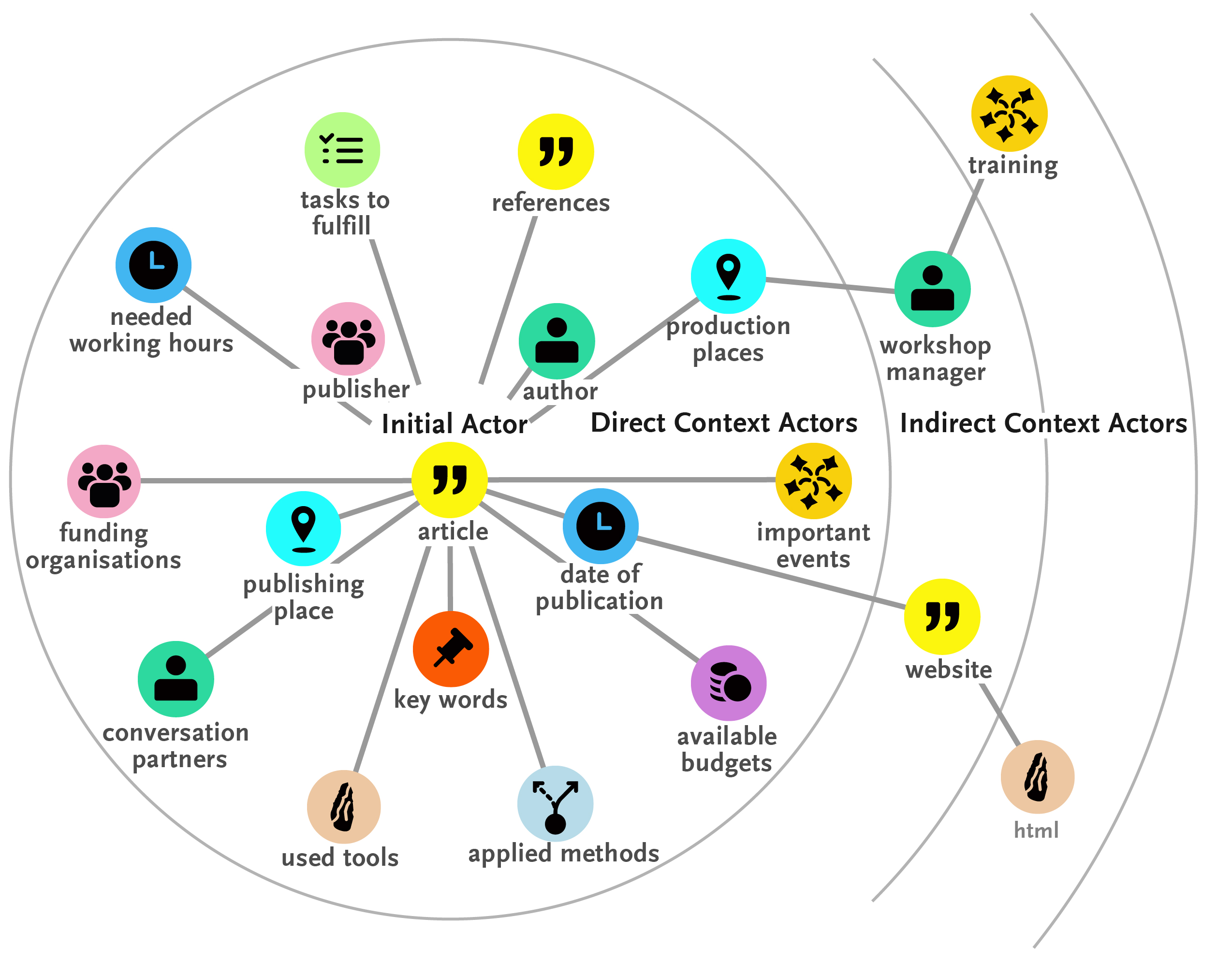

//// Modelling Platform
ID+Backstage
The modelling of a publication’s context of origin takes place without prior knowledge of the researchers on the ID+Backstage. Specifically, this happens in the query via a structured question dialogue. Individual actors and their semantic connections in relation to the context of origin of the publication are successively queried. This data is translated in the background and stored in a machine-readable format. On the ID+Backstage secure area, the user can not only create ID+Publications but also manage and edit the generated modellings and user profile.
//// Publication Platform
ID+Stage
ID+Publications are published on the ID+Stage. The individual ID+Publications become active on this stage, connect to other actors and deploy their actor network. The direct context spaces of various publications interconnect and extend to large indirect context spaces according to the structures and rules defined in ID+Ontology. The ID+Stage uses filters, statistical parameters and a comparison mode for the representation of the shared context space of two ID+Publications to explore this complex network of actors.
//// Publication Platform
ID+Stage
ID+Publications are published on the ID+Stage. The individual ID+Publications become active on this stage, connect to other actors and deploy their actor network. The direct context spaces of various publications interconnect and extend to large indirect context spaces according to the structures and rules defined in ID+Ontology. The ID+Stage uses filters, statistical parameters and a comparison mode for the representation of the shared context space of two ID+Publications to explore this complex network of actors.
Learn more about the ID+Stage
A detailed description of the ID+Stage can be found in the paper “ID+Lab – Analyzing, Modelling and Designing Interdisciplinarity” published in 2018 in the Online Journal Artnodes.
ID+Lab Team
The ID+Lab is a project of the Interdisciplinary Laboratory Image Knowledge Gestaltung – excellence cluster of Humboldt-Universität zu Berlin. The Interdisciplinary Laboratory combines humanities, natural and technological sciences, medicine and the disciplines of design and architecture. It conducts research in over 40 different disciplines into basic design processes in the sciences. The ID+Lab explores the structures of interdisciplinary cooperation in order to better understand, visualize and test them.

Michael Dürfeld
Architect and architectural theorist
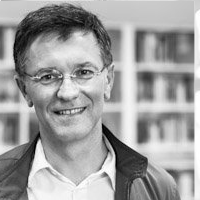
Wolfgang Schäffner
Science and media historian

Anika Schultz
Interaction designer

Christian Stein
Computer scientist and linguist

Benjamin Thomack
Computer scientist

Nadia Zeissig
Communication designer
Cooperations

The use of the ID+Model as a project management tool is being tested in cooperation with Netzwerk Architekturwissenschaft e.V. through the retrospective modelling and analysis of the eight-year development of the network. The goal is to reveal the specificities and dynamics of the collaboration of the network actors.

The ID+Model is being tested as an analysis tool for historic research contexts in cooperation with Junge Akademie Berlin, taking the research network of the linguist Ferdinand de Saussure (1857-1913) as an example to be examined, modelled and visualized.

An Implementation within a VR environment is planned in cooperation with gamelab.berlin. This will enable an entirely new representation and interaction with the actors of interdisciplinary research collaborations.

The ID+Model is being tested for the exploration of the genuine interdisciplinary discipline of architecture in cooperation with the faculty of architectural theory at TU Berlin. The current interdisciplinary training of architecture are being modelled and represented as an example.


